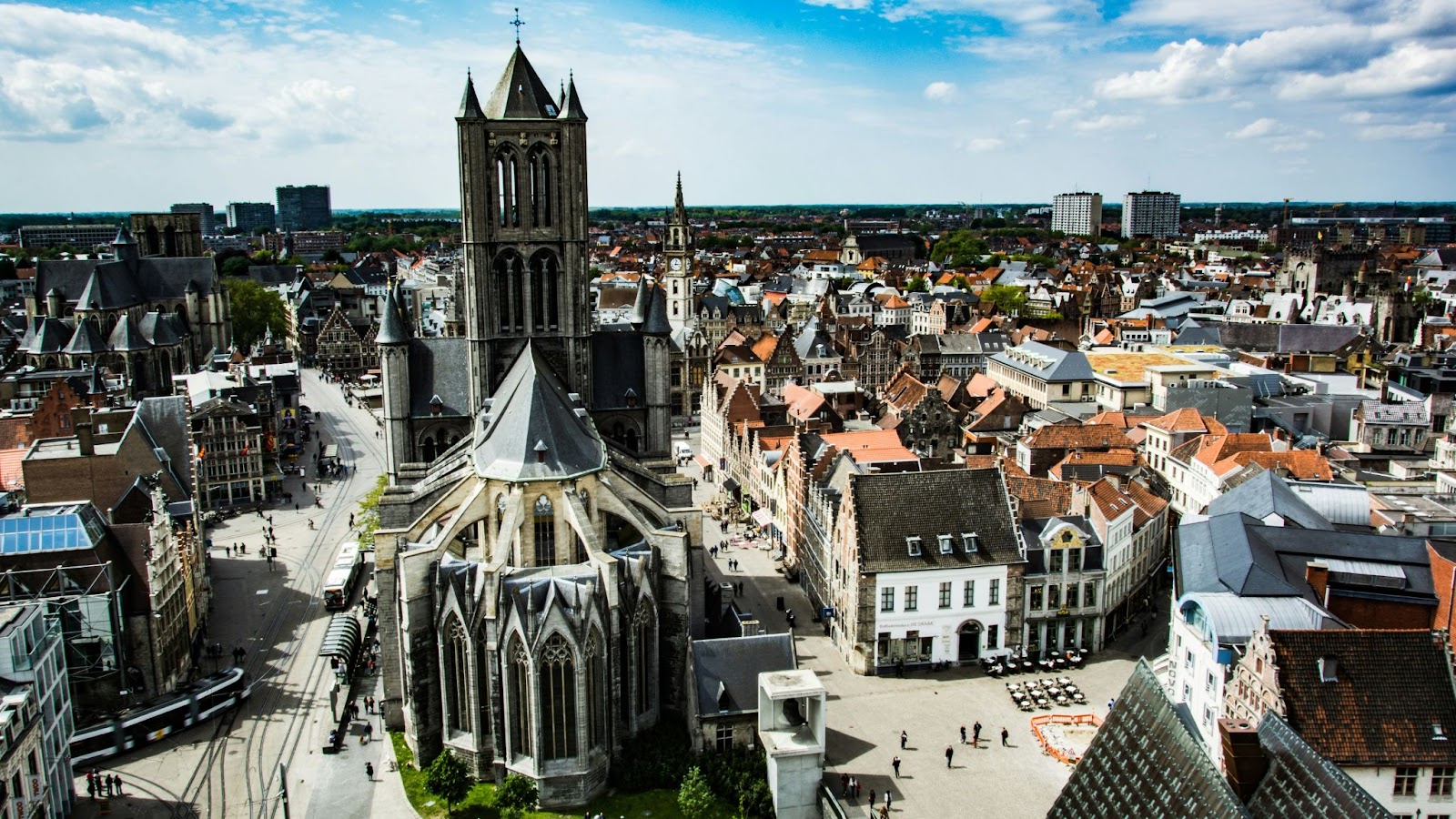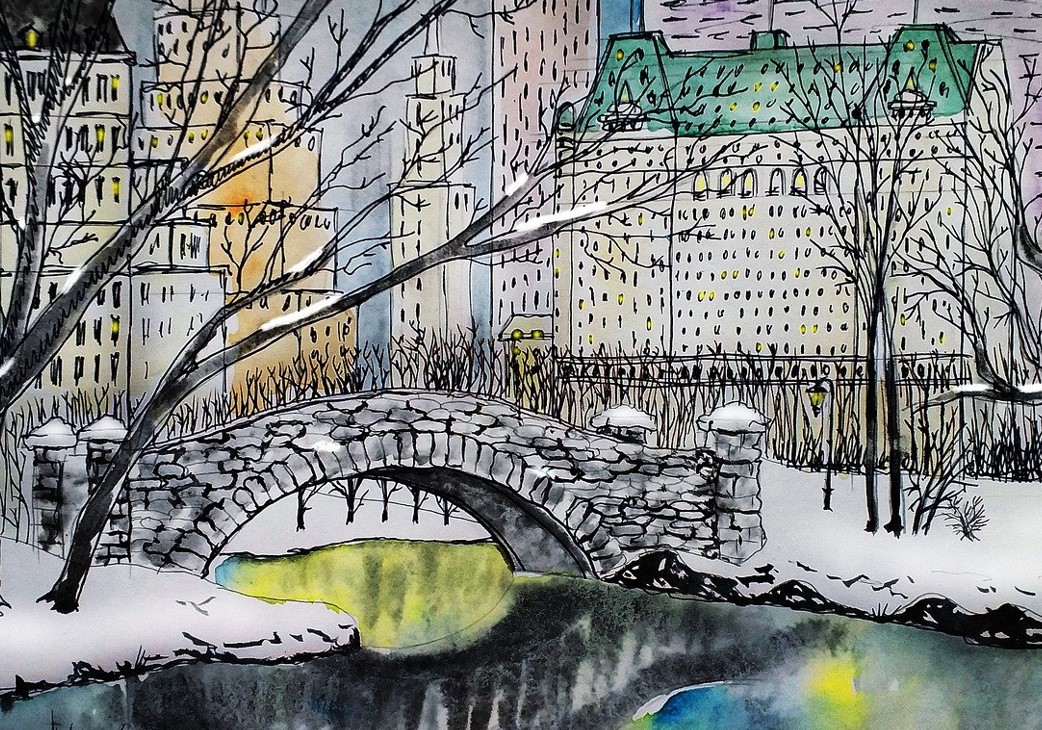
Skip Rome – Underrated European Cities You Should Book Now

This article includes affiliate links. We may earn a commission if you make a purchase, with no extra cost to you.
The classic European itinerary is far too familiar. Paris, Rome, and Amsterdam are magnificent, yes, but increasingly crowded, expensive, and, at times, can be stripped of their magic by overtourism. But beyond these well-worn paths are cities still dancing to their own music.
There are places where life hasn’t been consciously curated for visitors, where you can find yourself in conversations with locals rather than waiting in interminable queues, and where the experience feels rooted, honest, and refreshing.
These underrated destinations offer centuries-old architecture, art scenes on the rise, and a sense of discovery that’s hard to come by in cities saturated with travel blogs and cruise ships.
With train lines, budget flights, and boutique stays making them more accessible than ever, now is the moment to go—before everyone else does.
Plovdiv, Bulgaria – Ancient Soul Bursting With Artistry
Plovdiv is one of Europe’s oldest cities, older than Athens or Rome, yet it rarely makes it onto the average traveler’s radar. Nestled in central Bulgaria, it weaves layers of Thracian, Roman, Ottoman, and Bulgarian history.
Thanks to its thriving arts scene and student population, Plovdiv pulses with youthful energy. The Kapana District, once a forgotten corner, is now a lively maze of galleries, artisan shops, and concept cafés.
Roman ruins are nestled beside indie bookstores. And when golden hour hits, the views from Nebet Tepe are unforgettable. Getting there is easy from Sofia, with bus connections via Flixbus or Bulgaria’s national railway.
Stay at a local guesthouse or check boutique listings on Booking.com. Bulgaria remains one of the EU’s most budget-friendly countries, so it’s a terrific option for travelers seeking culture without the price tag.
Trieste, Italy – Italy, But Sideways
Trieste doesn’t fit into a neat box. A stone’s throw from Slovenia and once the Austro-Hungarian Empire’s port of choice, it feels more like Vienna-by-the-sea than anything traditionally Italian.
But that’s precisely what makes it fascinating. Cafés hum with the Habsburg era’s faded elegance. The coffee culture is unmatched, Trieste is Italy’s unofficial capital of caffeine, and the seafood is spectacular.
The city’s windswept seafront is lined with neoclassical buildings, while Miramare Castle sits like a fairytale structure above the Adriatic. Few tourists venture here despite direct trains from Venice taking just two hours. And if you’re flying in, the Trieste Airport connects to key European cities.
Ghent, Belgium – The Coolest City You Can Visit
Often overshadowed by nearby Bruges or Brussels, Ghent just might be Belgium’s best-kept secret. You’ll find canals, medieval architecture, and art with fewer crowds and more edge.
It’s also a fantastic sustainable European city, where bikes outnumber cars and green innovation is the norm. While it feels like a fairytale in some areas, Gravensteen Castle and St. Bavo’s Cathedral are jaw-dropping; the street art and youthful energy truly define Ghent.
Expect murals by Roa and smørhøle, quirky bars tucked under bridges, and locals who live their lives in the historic center. From Brussels, you can reach Ghent in under an hour by train.
It’s also connected to other major cities like Antwerp and Lille. Stay in one of the canal-side flats listed on Airbnb or the stylish 1898 The Post (via Booking.com) which is housed in a former post office.
Timișoara, Romania – Europe’s Next Culture Capital
Named European Capital of Culture in 2023, Timișoara is finally on the map, but only just. Located in western Romania near the borders of Hungary and Serbia, it has long been a crossroads of cultures.
This shows in the architecture: Secessionist facades, Habsburg elegance, and communist-era remnants coexist in an oddly charming harmony. It’s a city that feels like it’s waking up from a long winter’s nap, with art galleries, coffee roasters, and experimental theaters springing to life in formerly abandoned courtyards.
Piata Victoriei and Piata Unirii are two of the most beautiful squares in the Balkans, and the Bega Canal is currently the heart of the city’s relaxed energy. Trains conveniently connect to Bucharest and Budapest, and Ryanair offers low-cost flights from across Europe. For budget stays, consider browsing boutique finds on Expedia.
Braga, Portugal – The Rome Of Portugal
While Porto and Lisbon are global favorites, Braga, to the north of Porto, remains quietly confident in its charm. Often called the “Rome of Portugal” for its abundance of churches, Braga is one of the oldest Christian cities on the planet.
Yet, thanks to its large student population, it’s also one of Portugal’s youngest in terms of demographics. There’s a vibrancy here that mixes religious tradition with innovation. Baroque churches sit close to sleek design stores.
The Bom Jesus do Monte sanctuary, with its baroque staircase winding through the forest, is a stunning European pilgrimage site.
And in spring, the city hosts Semana Santa, a dramatic, deeply moving Holy Week procession. Braga is just an hour from Porto by train, making it an easy day trip or, even better, a weekend stay.
Kaunas, Lithuania – Art Deco Meets Baltic Cool
Vilnius gets most of the spotlight, but Lithuania’s second city, Kaunas, is a surprising find for those chasing something different. A UNESCO City of Design, Kaunas is known for its incredible collection of interwar modernist architecture and its embrace of contemporary culture and vibrant street art.
There’s a cheeky spirit here, from pop-up galleries and underground bars to the Devil’s Museum, which is exactly what it sounds like. The city’s pedestrian main street, Laisvės alėja, is one of the longest in Europe lined with cafés and bookstores, and perfect for lazy strolls.
In summer, live music fills the air. In winter, it transforms into a serene, snow-draped dream. Low-cost carriers like WizzAir fly into Kaunas directly from across Europe, or you can reach it by bus from Vilnius in under two hours via Lux Express.
Why You Should Visit These Cities Now
Each of these cities has a lot to offer visitors: history without the hassle, culture without the crowds, and local experiences that haven’t been co-opted for tourist consumption.
They’re places where you can still stumble upon unexpected conversations, meals cooked from the heart, and neighborhoods that are joyously inhabited by locals. And they’re all accessible by affordable flights, scenic train rides, or budget-friendly buses.
As travelers seek out slower, more meaningful ways to explore, these destinations provide something that many of Europe’s big-name cities have lost: the gift of surprise. Stroll along Ghent’s quiet canals or sip espresso beneath Trieste’s weathered facades, and Europe will delight and thrill you.



